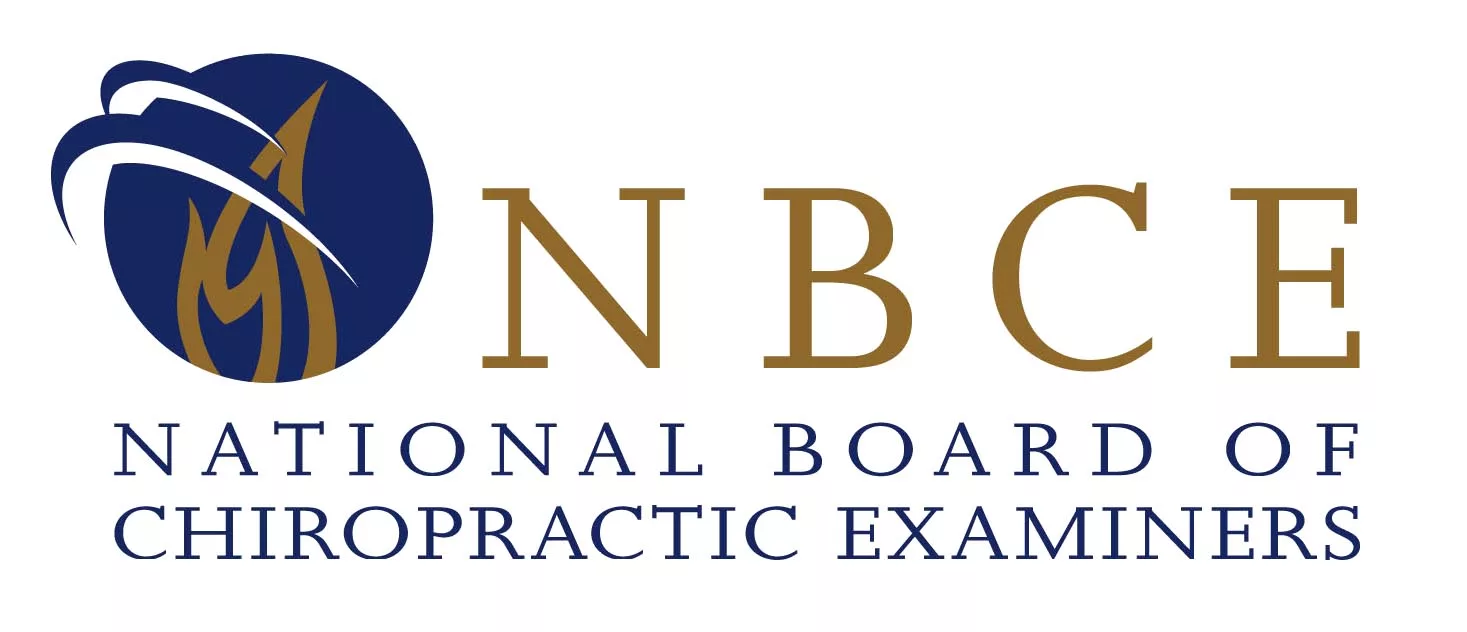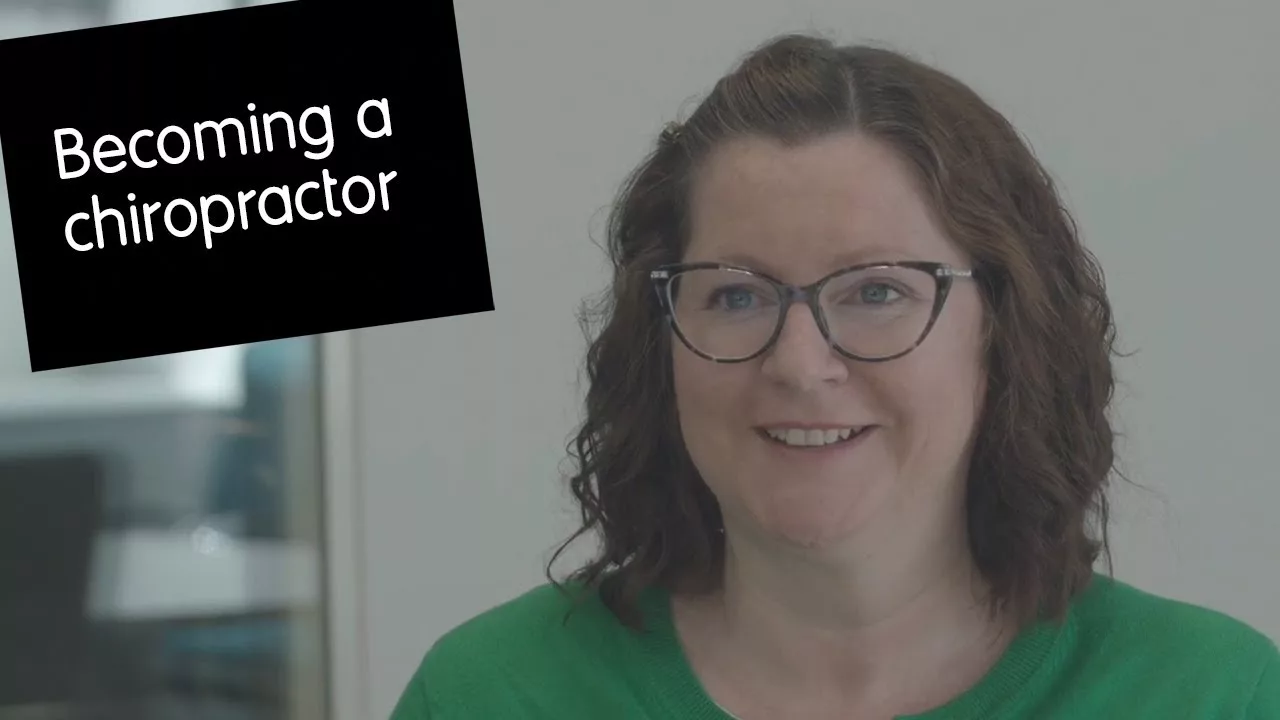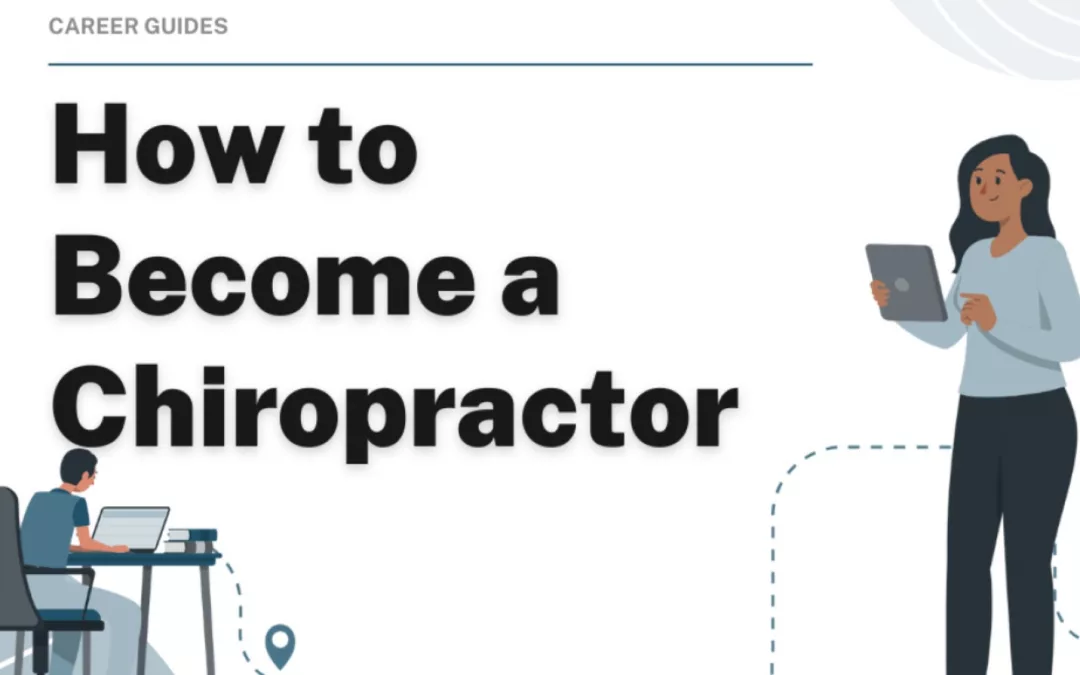Unlocking the Path to Healing: A Comprehensive Guide on How to Become a Chiropractor
Learning how to become a chiropractor is the first step to joining the largest natural health profession in the world. Chiropractors are doctors who provide primary care based on the idea that health issues arise from problems with the body’s musculoskeletal and nervous systems. Chiropractors adjust and manipulate their patients’ spines to relieve pain and other ailments. They may also use other techniques like massage therapy or acupuncture to treat their patients. The journey to becoming a chiropractor is a rewarding one, filled with academic rigor, hands-on training, and a commitment to promoting holistic health. In this blog post, we will guide you through the steps and considerations involved in becoming a chiropractor, covering educational requirements, licensing, specialization options, and the transition from student to practicing professional.
Section 1: The Educational Path

Bachelor’s Degree Requirements
The first step in becoming a chiropractor is obtaining a bachelor’s degree. While specific majors are not always mandated, courses in biology, chemistry, physics, and anatomy are highly beneficial. Aspiring chiropractors often choose degrees in kinesiology, biology, or a related field to build a strong foundation for the rigorous chiropractic curriculum.
Doctor of Chiropractic (D.C.) Program
After completing a bachelor’s degree, aspiring chiropractors must enroll in a Doctor of Chiropractic (D.C.) program accredited by the Council on Chiropractic Education (CCE). These programs typically take four years to complete and include coursework in anatomy, physiology, pathology, chiropractic techniques, and clinical experience.
Prerequisites for Chiropractic Programs
To embark on the journey to become a chiropractor, a strong foundation in the sciences, particularly biology and chemistry, is crucial. Most chiropractic programs require a bachelor’s degree or equivalent coursework.
Choosing the Right Chiropractic School
Selecting an accredited chiropractic school is a pivotal decision. Explore different programs, their curricula, faculty expertise, and clinical training opportunities. Notable institutions include Life University, Palmer College of Chiropractic, and National University of Health Sciences.
The Chiropractic Curriculum
Chiropractic programs typically span four years and cover a comprehensive curriculum. Courses include anatomy, physiology, biomechanics, radiology, and chiropractic techniques. Hands-on clinical training becomes progressively more integral as students advance in their studies.
Clinical Experience and Internship
A significant component of chiropractic education is hands-on clinical experience. Chiropractic students often complete internships in on-campus clinics or external healthcare facilities. This practical experience allows students to apply their theoretical knowledge, develop clinical skills, and interact with patients under the supervision of experienced chiropractors.
Section 2: Licensing and Certification

National Board of Chiropractic Examiners (NBCE) Exams
After completing the D.C. program, aspiring chiropractors must pass the National Board of Chiropractic Examiners (NBCE) exams. These standardized exams assess the candidate’s knowledge and skills in various areas, including anatomy, diagnostic imaging, and chiropractic principles. Successful completion is a prerequisite for obtaining licensure.
State Licensing Requirements
Chiropractors must be licensed to practice in the United States, and licensing requirements vary by state. Typically, these requirements include submitting educational transcripts, passing the NBCE exams, and fulfilling state-specific licensing criteria. Aspiring chiropractors should thoroughly research and understand the licensing requirements in the state where they intend to practice.
Optional Board Certification
While not mandatory, some chiropractors choose to pursue board certification in specific areas of specialization. The American Chiropractic Board of Sports Physicians (ACBSP) and the International Chiropractic Pediatric Association (ICPA) are examples of organizations that offer specialized certifications.
Section 3: Specialization Options

Sports Chiropractic
Chiropractors interested in working with athletes can pursue specialization in sports chiropractic. This may involve additional coursework, clinical experience in sports settings, and obtaining certifications from sports chiropractic organizations.
Pediatric Chiropractic
For those passionate about working with children, pediatric chiropractic specialization is an option. The ICPA offers programs and certifications specifically focused on chiropractic care for infants, children, and pregnant women.
Radiology and Imaging
Chiropractors may choose to specialize in diagnostic imaging, expanding their expertise in interpreting X-rays and other imaging modalities. Advanced certifications in radiology can enhance a chiropractor’s diagnostic capabilities.
Section 4: Building a Successful Chiropractic Practice

Establishing a Practice
Many chiropractors aspire to open their private practices. This involves choosing a suitable location, acquiring necessary equipment, and setting up a comfortable and professional clinic environment. Understanding the legal and business aspects of running a practice is crucial.
Marketing and Patient Acquisition
Successful chiropractors invest in effective marketing strategies to attract and retain patients. This may involve creating a professional website, engaging in community outreach, and utilizing social media platforms to raise awareness about their services.
Patient-Centered Care
Building a successful practice goes beyond marketing; it hinges on providing excellent patient care. Chiropractors should prioritize patient communication, actively listen to concerns, and tailor treatment plans to individual needs. Satisfied patients often become loyal advocates for a chiropractic practice.
Continued Professional Development
The field of chiropractic care is dynamic, with ongoing advancements in techniques and technologies. Chiropractors committed to providing top-notch care engage in continued professional development. This may involve attending conferences, participating in workshops, and staying informed about the latest research.
Section 5: The Future of Chiropractic Care

Technological Advancements
As technology continues to advance, chiropractors can leverage innovations such as telehealth services, advanced diagnostic tools, and electronic health records to enhance patient care and practice efficiency.
Integrative Healthcare
The integration of chiropractic care into mainstream healthcare is an ongoing trend. Collaborating with medical doctors, physical therapists, and other healthcare professionals can broaden the scope of chiropractic practice and contribute to comprehensive patient care.
Research and Evidence-Based Practices
The chiropractic profession is increasingly emphasizing evidence-based practices. Chiropractors are encouraged to stay abreast of the latest research findings and incorporate evidence-based approaches into their treatment plans.
Conclusion: How to Become a Chiropractor?

Becoming a chiropractor is a journey that involves rigorous education, practical experience, and ongoing professional development. From the foundational steps of obtaining a bachelor’s degree to the complexities of running a successful practice, chiropractors play a vital role in promoting holistic health and well-being. Aspiring chiropractors should approach their career with a passion for learning, a commitment to patient-centered care, and a dedication to contributing positively to the evolving landscape of healthcare.
Best Chiropractor Near Me in Orlando, Florida
CALL NOW +1-407-434-7246
If you have suffered any type of injury or have been experiencing pain that just won’t go away regardless of what you do, then all you have to do is call and speak with our friendly staff. Find Best Chiropractic Care in Orlando, Florida. Moreover, our team can help you get the treatment you need and ensure that the pain you experience is alleviated – once and for all.
We are proud to serve the areas of Orlando, Altamonte Springs, Haines City, Plant City, Kissimmee, Winter Haven, and Ocala.
Contact us for Chiropractor near me in Orlando, Florida for an Appointment Today.
What is the difference between a physiotherapist and a chiropractor?
Chiropractic focuses mainly on the musculoskeletal system and uses manual manipulation techniques, whereas physiotherapy focuses on physical impairments and disabilities and uses a variety of techniques, including exercise and manual therapy, to improve physical function.
What do chiropractors do?
Chiropractic is a healthcare profession that cares for your neuromusculoskeletal system—the bones, nerves, muscles, tendons, and ligaments. A chiropractor helps manage back and neck pain through the use of spinal adjustments to maintain good alignment.
How long does it take to become a chiropractor in Oregon?
The University of Western States (UWS) flagship doctor of chiropractic program is a rigorous, 12-quarter doctoral program that is designed to be completed in three years. Taught on our beautiful campus in Portland, Oregon, students learn from experienced faculty with practice experience and clinical training.
Is a chiropractor the same as a massage therapist?
Chiropractors and massage therapists may seem similar but are very different in terms of the approach they take. They both can help alleviate the pain that is disrupting your quality of life. But Chiropractic care address the spine and its alignment and massage therapists are more focuses on the muscles.
Do chiropractors need to be strong?
Not to mention, DCs treat patients of all shapes and sizes. It's not always easy to get the proper leverage on a patient twice your size! Chiropractors need to be flexible and strong to properly perform their job.



